Home>Garden Essentials>How To Use Amaranth Seeds
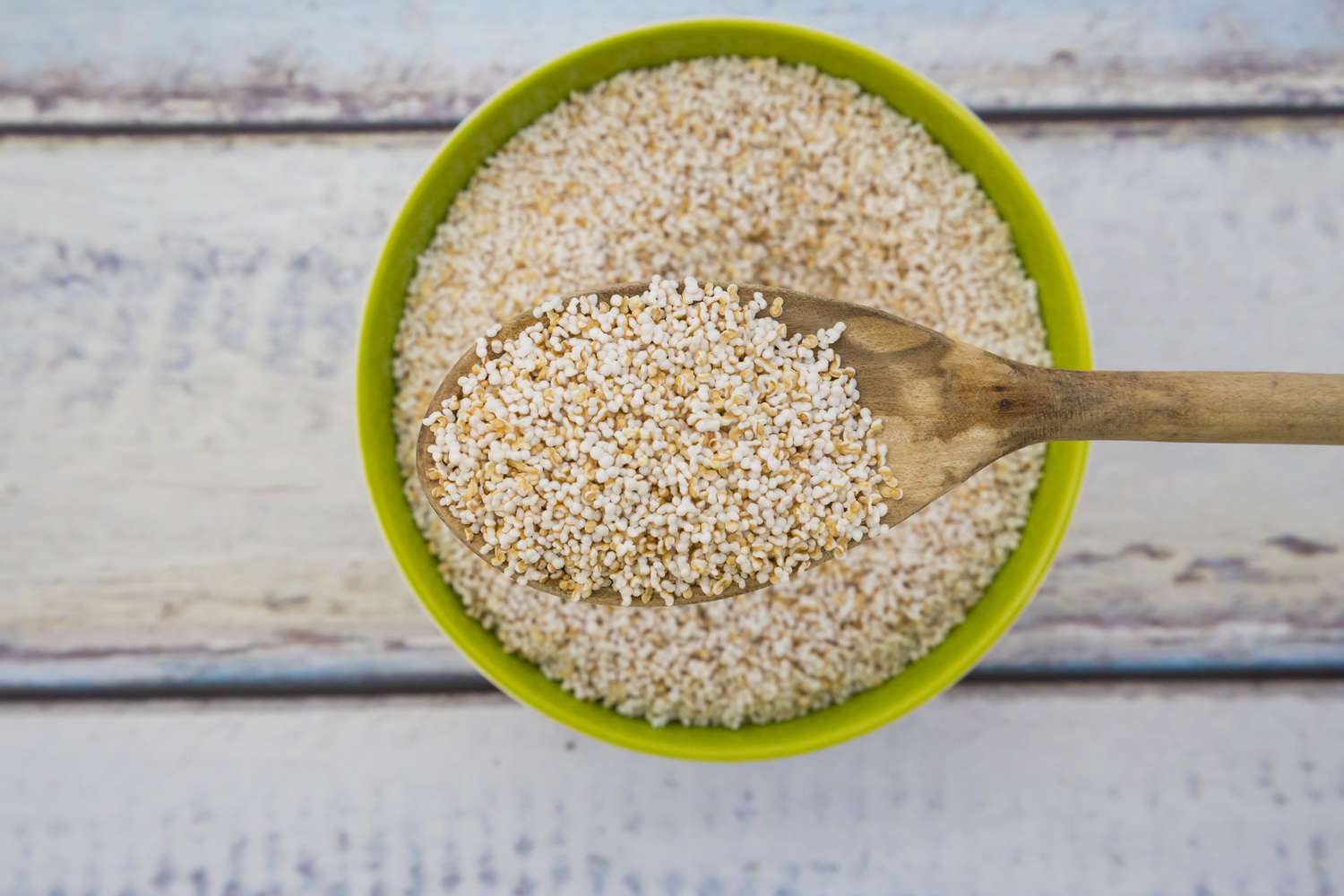

Garden Essentials
How To Use Amaranth Seeds
Modified: March 16, 2024
Learn how to use garden-grown amaranth seeds in your recipes and enjoy their nutty flavor and nutritional benefits. Discover simple techniques to incorporate this superfood into your meals.
(Many of the links in this article redirect to a specific reviewed product. Your purchase of these products through affiliate links helps to generate commission for Storables.com, at no extra cost. Learn more)
Introduction
Amaranth seeds, also known as “The Grain of the Gods,” have been a staple food in various cultures for centuries. They have gained popularity in recent years due to their exceptional nutritional profile and versatility in cooking. Whether you are looking to incorporate more whole grains into your diet or diversify your culinary experiences, amaranth seeds are a fantastic addition to any pantry.
Originally cultivated by the Aztecs, amaranth seeds are small, grain-like seeds that come from the amaranth plant. These seeds are packed with essential nutrients, including protein, fiber, vitamins, and minerals, making them an excellent choice for anyone following a plant-based or gluten-free diet. Not only are they incredibly nutritious, but they also offer a unique nutty flavor and a delightful, chewy texture.
In this article, we will explore the health benefits of amaranth seeds, provide tips on buying and storing them, offer cooking suggestions, and even share some delicious amaranth seed recipes. So let’s dive in and learn how to make the most of this ancient grain!
Key Takeaways:
- Amaranth seeds are a powerhouse of nutrition, offering high protein, fiber, and essential vitamins and minerals. They are a versatile, gluten-free ingredient that can be used in cooking, baking, and as a rice substitute.
- When buying and storing amaranth seeds, choose organic, whole seeds, check packaging dates, and store them in airtight containers in a cool, dark place. Experiment with cooking methods and recipes to enjoy the unique flavors and health benefits of amaranth seeds.
Read more: How To Collect Amaranth Seeds
Health Benefits of Amaranth Seeds
Amaranth seeds are a nutritional powerhouse, offering a wide range of health benefits. Here are some of the key reasons why you should consider incorporating these tiny seeds into your diet:
1. High in Protein
Amaranth seeds are an excellent plant-based source of protein. In fact, they contain more protein compared to most other grains. Protein is essential for building and repairing tissues, supporting immune function, and promoting overall growth and development. Including amaranth seeds in your meals can help you meet your protein needs, especially if you follow a vegetarian or vegan lifestyle.
2. Rich in Fiber
Fiber is crucial for maintaining a healthy digestive system and promoting regular bowel movements. Amaranth seeds are an excellent source of dietary fiber, which can help prevent constipation and reduce the risk of various gastrointestinal issues. Including amaranth seeds in your diet can contribute to a healthier digestion and support weight management.
3. Packed with Nutrients
Amaranth seeds are a good source of essential vitamins and minerals. They contain high levels of iron, magnesium, phosphorus, and potassium, which play essential roles in various bodily functions. Iron is important for transporting oxygen throughout the body, while magnesium helps regulate blood pressure and supports muscle and nerve function. Phosphorus is crucial for bone health, and potassium is important for maintaining proper heart function.
Read more: How To Plant Amaranth Seeds
4. Gluten-Free Alternative
Amaranth seeds are naturally gluten-free, making them an excellent alternative for those with gluten intolerance or celiac disease. They can be used as a substitute for wheat-based grains, allowing individuals on a gluten-free diet to enjoy a diverse range of dishes.
5. Antioxidant-Rich
Amaranth seeds contain a variety of antioxidants, including vitamin E and selenium, which help protect the body against oxidative stress and reduce the risk of chronic diseases. Antioxidants play a crucial role in neutralizing harmful free radicals and supporting cellular health.
Overall, incorporating amaranth seeds into your diet can provide an array of health benefits, including improved digestion, increased nutrient intake, and support for a healthy immune system. So, why not start experimenting with these versatile seeds and reap the rewards they have to offer?
Buying and Storing Amaranth Seeds
When it comes to buying and storing amaranth seeds, there are a few factors to consider to ensure you get the best quality and maintain their freshness. Here are some tips to guide you:
1. Look for Organic and Whole Seeds
When purchasing amaranth seeds, opt for organic varieties whenever possible. Organic seeds are grown without the use of synthetic pesticides and fertilizers, ensuring a higher quality product. Additionally, choose whole seeds rather than pre-ground versions to preserve their freshness and nutrient content.
Read more: How To Cook Amaranth In A Rice Cooker
2. Check the Packaging Date and Expiration Date
Always check the packaging date and expiration date when buying amaranth seeds. Fresher seeds will have a better flavor and nutritional value. Look for well-sealed packaging to ensure that the seeds have been stored properly and are free from moisture and contaminants.
3. Store in a Cool and Dark Place
To prolong the shelf life of amaranth seeds, it’s important to store them correctly. Place the seeds in an airtight container and store it in a cool, dark place, such as a pantry or cupboard. Exposure to heat, light, and air can cause the seeds to go rancid and lose their nutritional value. Avoid storing them in the refrigerator, as moisture can affect their quality.
4. Use airtight Containers
Using airtight containers is essential to protect the seeds from moisture and pests. Mason jars, glass or plastic containers with secure lids, or vacuum-sealed bags are all suitable options for storing amaranth seeds. Make sure the containers are clean and dry before transferring the seeds.
5. Buy in Small Quantities
Since amaranth seeds have a relatively short shelf life compared to processed grains, it’s best to buy them in small quantities. This will ensure that you use them before they lose their freshness. If possible, buy from bulk bins or stores that allow you to measure and purchase the desired amount.
By following these guidelines, you can ensure that your amaranth seeds remain fresh and flavorful, allowing you to enjoy their nutritional benefits to the fullest.
Read more: How To Use Kalonji Seeds
Cooking with Amaranth Seeds
Amaranth seeds are incredibly versatile and can be used in a variety of culinary applications. Here are some tips and ideas for cooking with amaranth seeds:
1. Basic Cooking Method
To cook amaranth seeds, you’ll need to use a ratio of 1 cup of seeds to 3 cups of water. Rinse the seeds thoroughly before cooking to remove any impurities. Bring the water to a boil in a saucepan, add the rinsed seeds, and reduce the heat to low. Cover and let it simmer for about 20 minutes or until the seeds are tender and have absorbed the liquid. Once done, fluff the seeds with a fork and let them rest for a few minutes before serving.
2. Amaranth as a Rice Substitute
Amaranth seeds can be used as a nutritious alternative to rice. Serve cooked amaranth seeds as a base for stir-fries, curries, or stews. You can also use them as a filling for stuffed vegetables or as a side dish in place of rice.
3. Amaranth Porridge
Preparing amaranth porridge is a delicious and comforting option. Cook the amaranth seeds with milk or water, adding a pinch of salt and sweetening it with honey, maple syrup, or your preferred sweetener. Customize your porridge by topping it with fresh fruit, nuts, or a sprinkle of cinnamon for added flavor.
Read more: How To Use Celery Seeds
4. Amaranth in Baking
Amaranth seeds can be ground into a flour and used in baking recipes. It adds a nutritious boost to baked goods such as bread, muffins, and cookies. However, note that amaranth flour has a slightly earthy flavor, so it’s best to combine it with other flours for a balanced taste and texture.
5. Amaranth in Salads and Grain Bowls
Use cooked and cooled amaranth seeds in salads or grain bowls for a delightful crunch and nutty flavor. Combine it with fresh vegetables, herbs, proteins, and dressings of your choice to create a colorful and nutritious meal. Amaranth seeds can add a lovely texture and unique twist to your favorite salad recipes.
Cooking with amaranth seeds provides endless possibilities, allowing you to incorporate this nutritious grain into your everyday meals. Experiment with different recipes and methods to find your favorite way to enjoy the fantastic flavors and benefits of amaranth seeds.
Amaranth Seed Recipes
Looking for some delicious and creative ways to incorporate amaranth seeds into your meals? Here are a few mouthwatering amaranth seed recipes to inspire you:
1. Amaranth Energy Bars
These homemade energy bars are perfect for a quick snack or a boost of energy on the go. In a mixing bowl, combine cooked amaranth seeds, nut butter of your choice, honey or maple syrup, nuts, dried fruits, and a pinch of salt. Mix until well combined, then press the mixture into a lined baking dish. Refrigerate for a few hours until firm, then cut into bars. Enjoy them as a nutritious and satisfying snack!
Read more: How To Use Dill Seed
2. Amaranth and Vegetable Stir-Fry
Amaranth seeds can add a delightful crunch to a colorful and flavorful stir-fry. In a hot skillet, sauté your favorite vegetables such as bell peppers, broccoli, carrots, and snow peas. Add cooked amaranth seeds and toss them with the vegetables. Season with soy sauce, garlic, and ginger for a savory and delicious meal. Serve over steamed rice or noodles for a complete dish.
3. Amaranth and Berry Breakfast Bowl
Start your day with a nutritious and delicious breakfast bowl. In a bowl, layer cooked and chilled amaranth seeds, fresh berries, yogurt, and a drizzle of honey or maple syrup. Top it off with a sprinkle of nuts, seeds, or granola for added crunch. This refreshing and filling breakfast will provide you with sustained energy to kick-start your day.
4. Amaranth Crusted Chicken Tenders
Elevate your chicken tenders with a crispy and nutritious amaranth crust. Dip chicken tenders into beaten egg, then coat them in a mixture of ground amaranth seeds, breadcrumbs, and spices such as paprika, garlic powder, and salt. Bake them in the oven until golden and crispy. Serve with your favorite dipping sauce for a healthier twist on a classic comfort food.
5. Amaranth and Vegetable Stuffed Peppers
For a wholesome and flavorful meal, stuff bell peppers with a delicious mixture of cooked amaranth seeds, sautéed vegetables, herbs, and spices. Bake the stuffed peppers in the oven until tender and the filling is heated through. This colorful and nutritious dish makes for an impressive main course that is sure to satisfy.
These are just a few ideas to inspire you to get creative with amaranth seeds in your kitchen. Feel free to experiment and adapt these recipes to suit your taste preferences and dietary needs. With amaranth seeds, the possibilities are endless!
Read more: How To Use Fennel Seeds
Conclusion
Amaranth seeds are a true gem in the world of nutrition and culinary adventures. These tiny seeds are packed with protein, fiber, vitamins, and minerals, making them an excellent addition to a healthy diet. Not only are they incredibly nutritious, but they also offer a unique nutty flavor and a delightful, chewy texture that can elevate any dish.
From a health perspective, incorporating amaranth seeds into your meals can provide numerous benefits. They support digestive health, offer a gluten-free alternative, supply essential nutrients, and contribute to a well-rounded diet. Whether you’re looking to boost your protein intake, increase fiber consumption, or explore a diverse range of ingredients, amaranth seeds are a fantastic choice.
When buying and storing amaranth seeds, opt for organic and whole seeds, check the packaging dates, store them in a cool and dark place, and use airtight containers to maintain their freshness. By following these guidelines, you can ensure that your amaranth seeds remain flavorful and full of nutrients for longer periods.
In terms of cooking, amaranth seeds provide versatility and creativity in the kitchen. You can use them as a rice substitute, prepare porridge, incorporate them into salads and grain bowls, or even use them in baking to add extra nutrition to your favorite baked goods. The possibilities are endless, and experimenting with different recipes and methods will help you find your favorite way to enjoy amaranth seeds.
To ignite your culinary journey with amaranth seeds, we’ve shared a variety of delicious recipes, including energy bars, stir-fries, breakfast bowls, crusted chicken tenders, and stuffed peppers. Feel free to adapt and modify these recipes to suit your taste and preferences, or create your own unique dishes with amaranth seeds as the star ingredient.
So, why not embrace the nutritional benefits, versatility, and extraordinary flavors of amaranth seeds? Incorporate them into your meals, get creative in the kitchen, and enjoy the numerous health benefits that these “Grains of the Gods” have to offer. With amaranth seeds, you can nourish your body and delight your taste buds simultaneously!
Frequently Asked Questions about How To Use Amaranth Seeds
Was this page helpful?
At Storables.com, we guarantee accurate and reliable information. Our content, validated by Expert Board Contributors, is crafted following stringent Editorial Policies. We're committed to providing you with well-researched, expert-backed insights for all your informational needs.
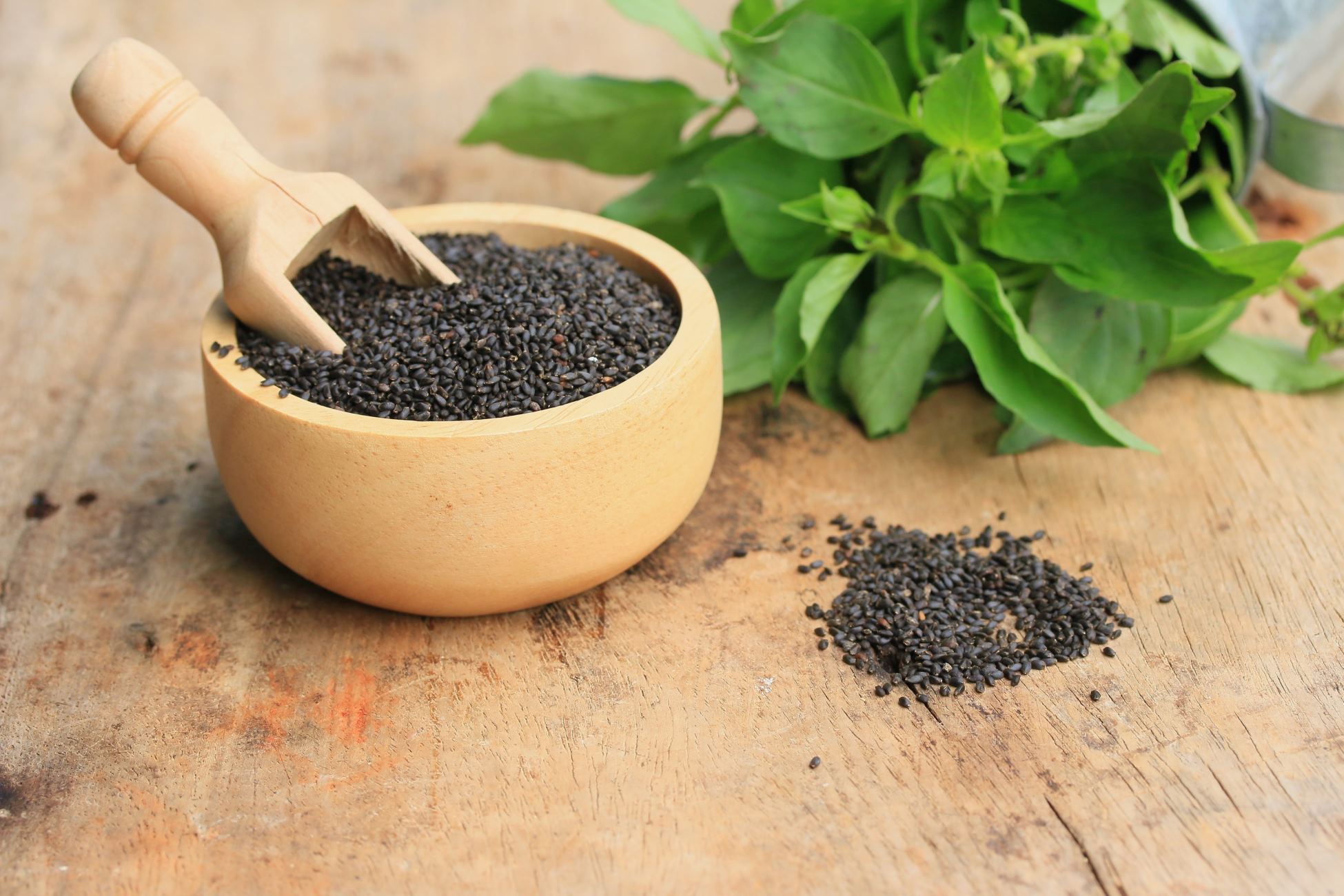

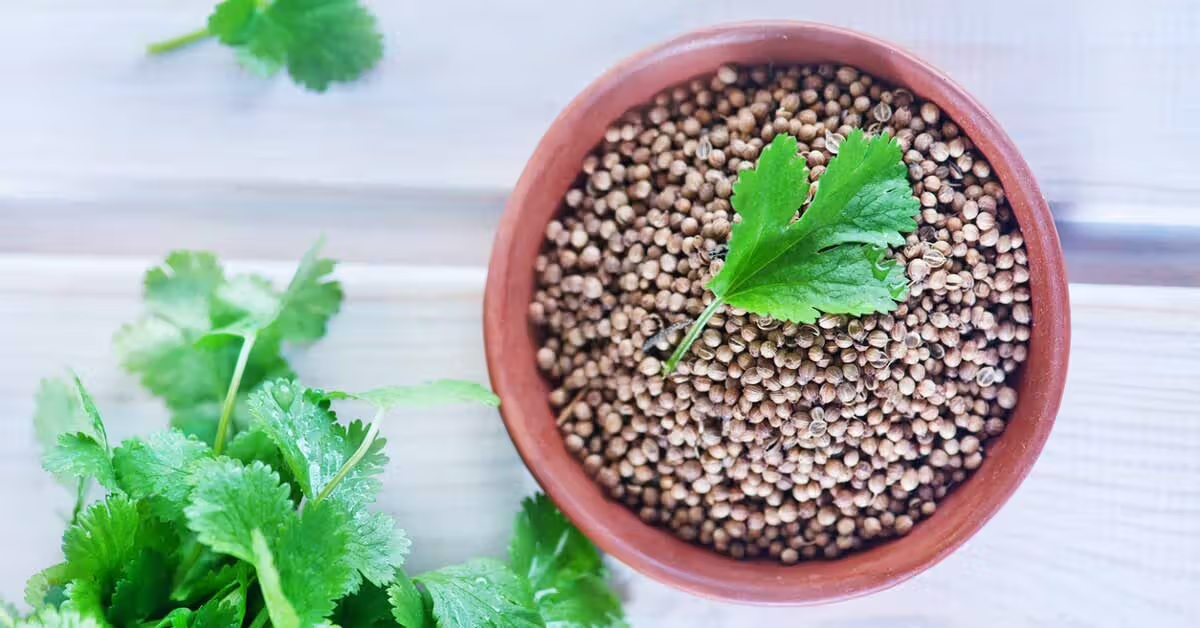
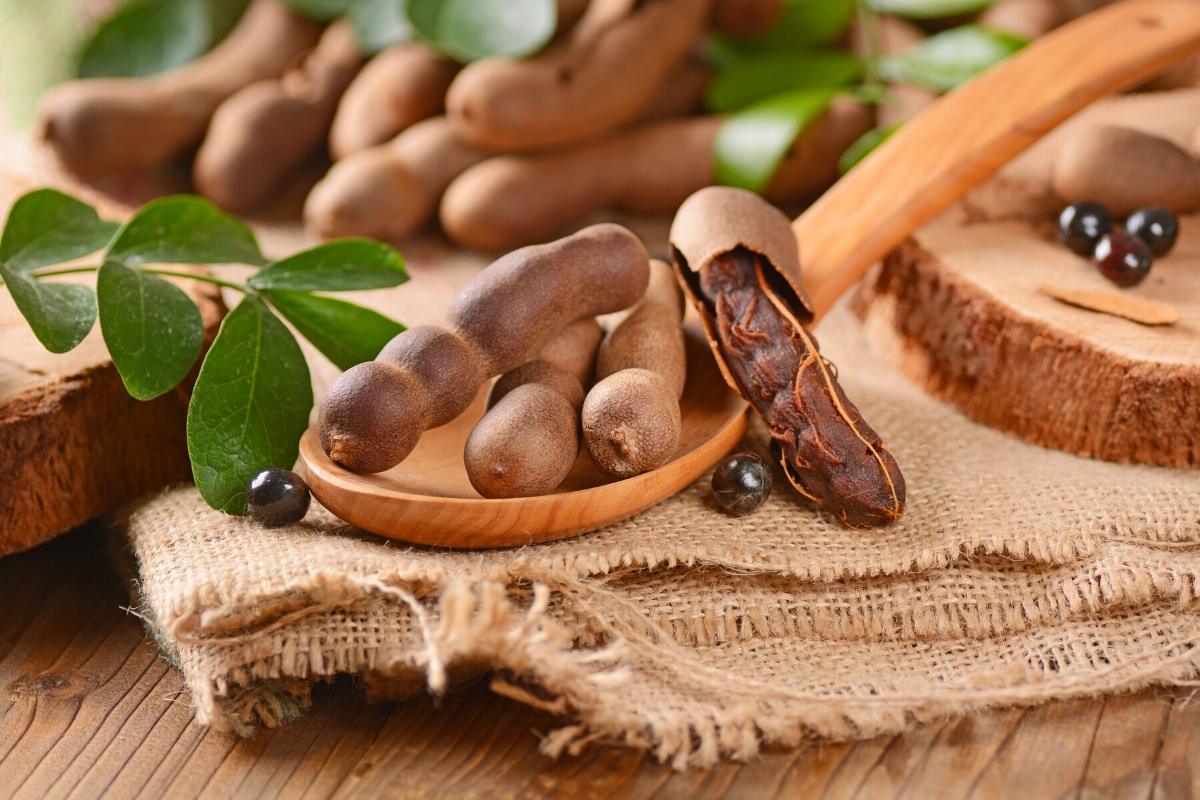
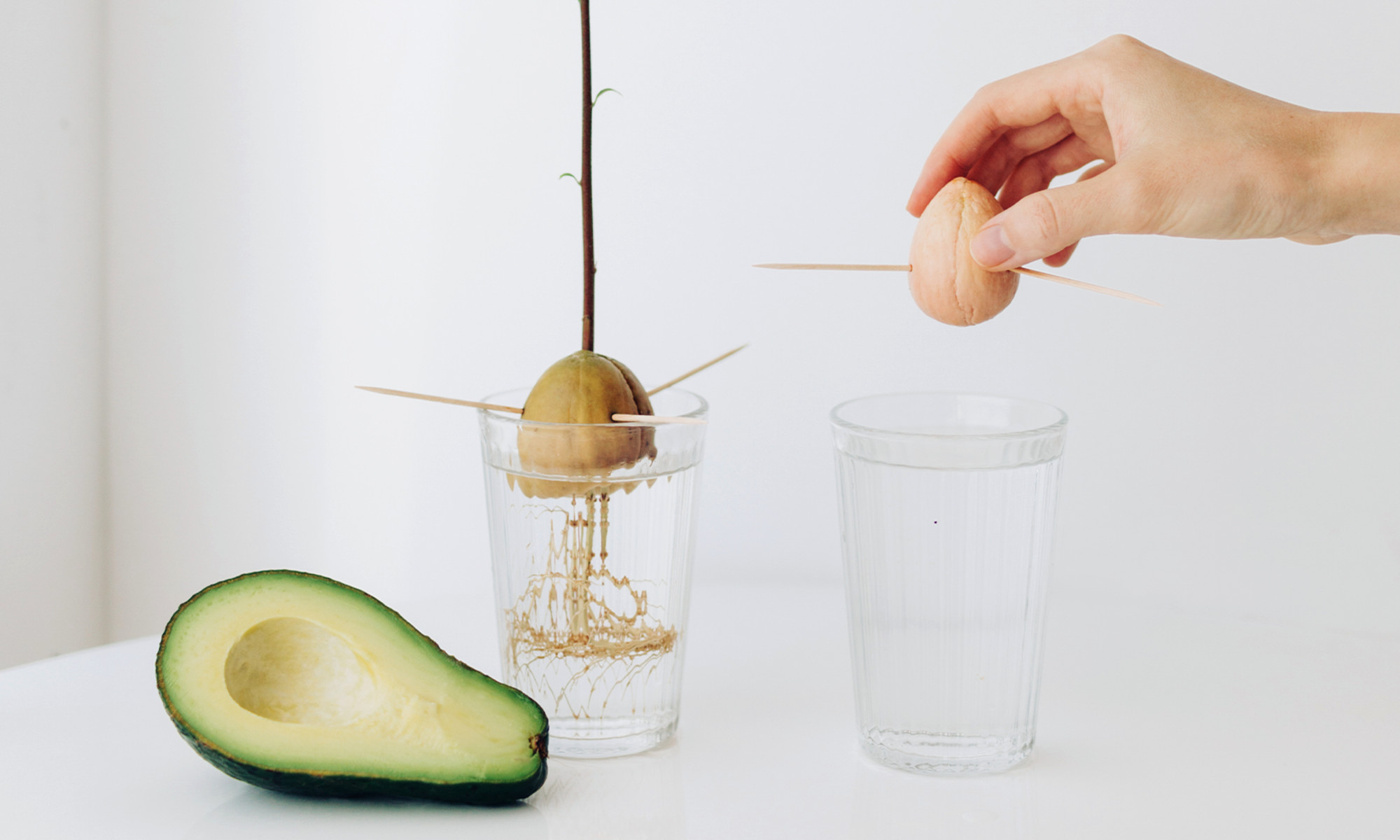
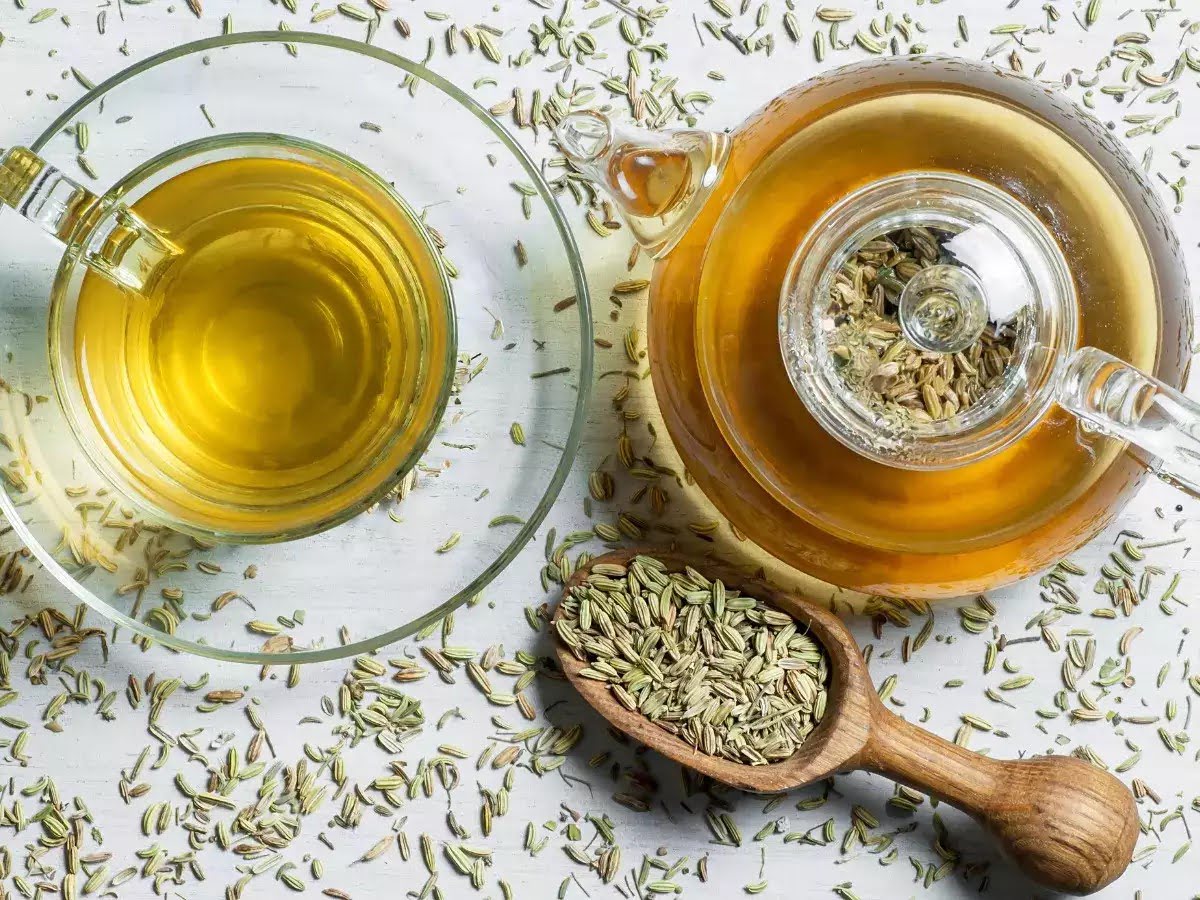
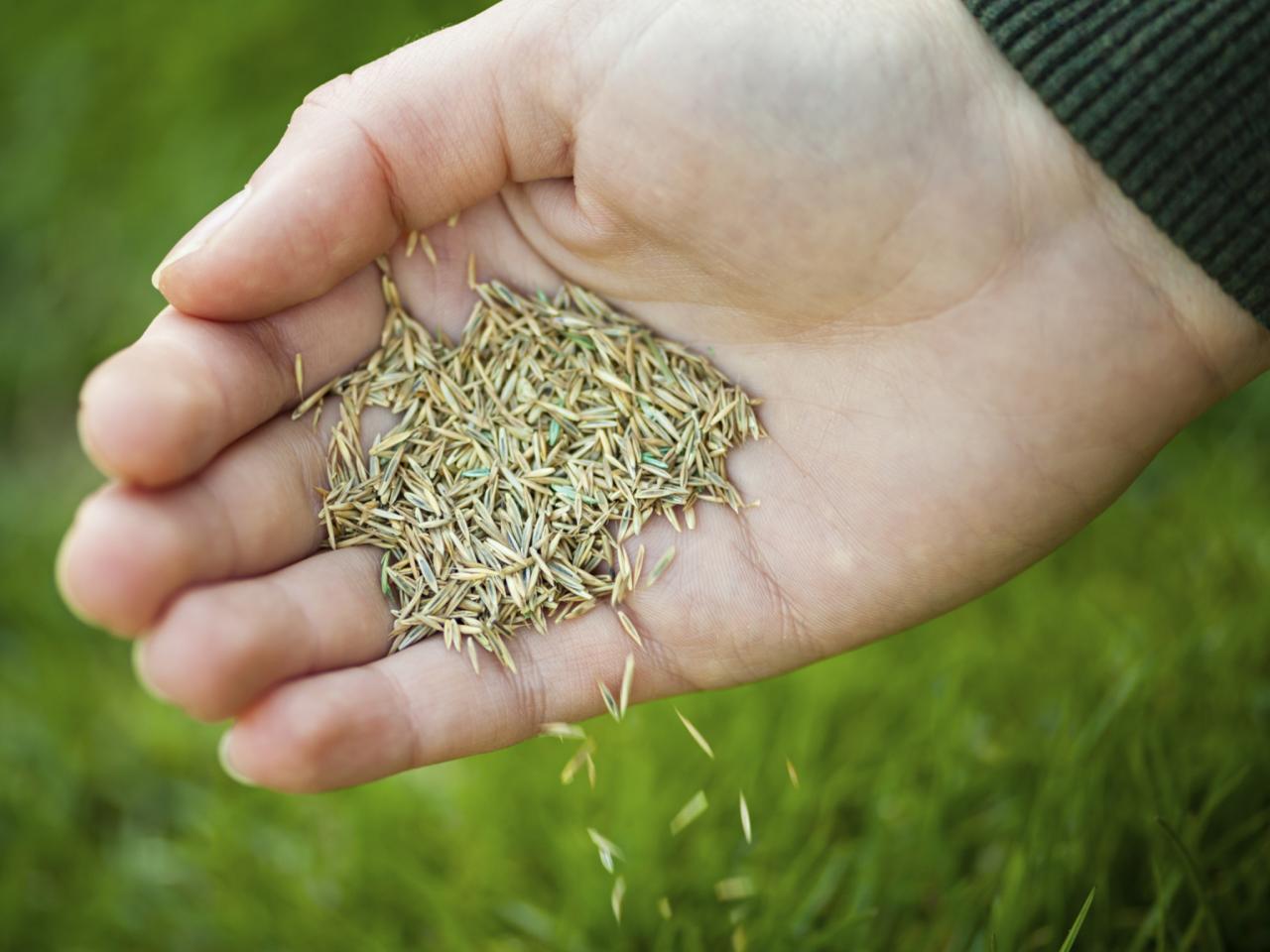
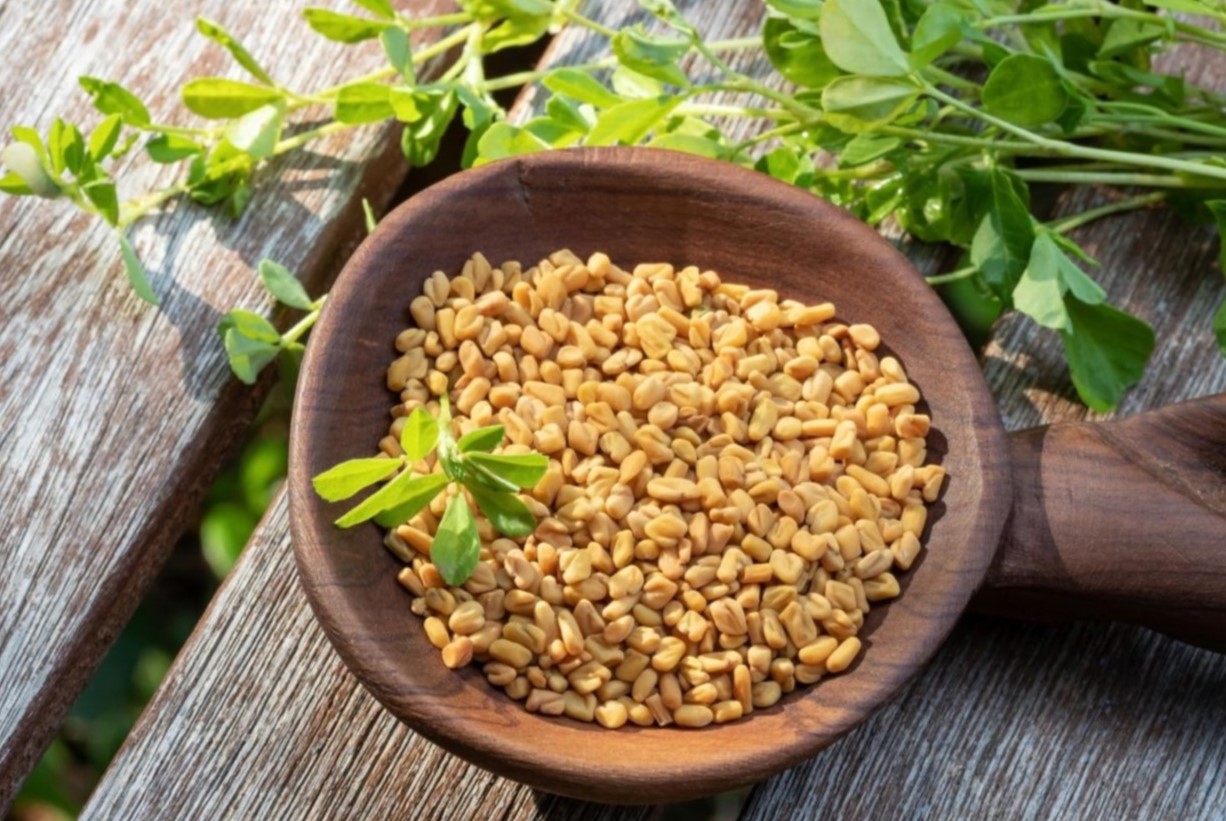


0 thoughts on “How To Use Amaranth Seeds”